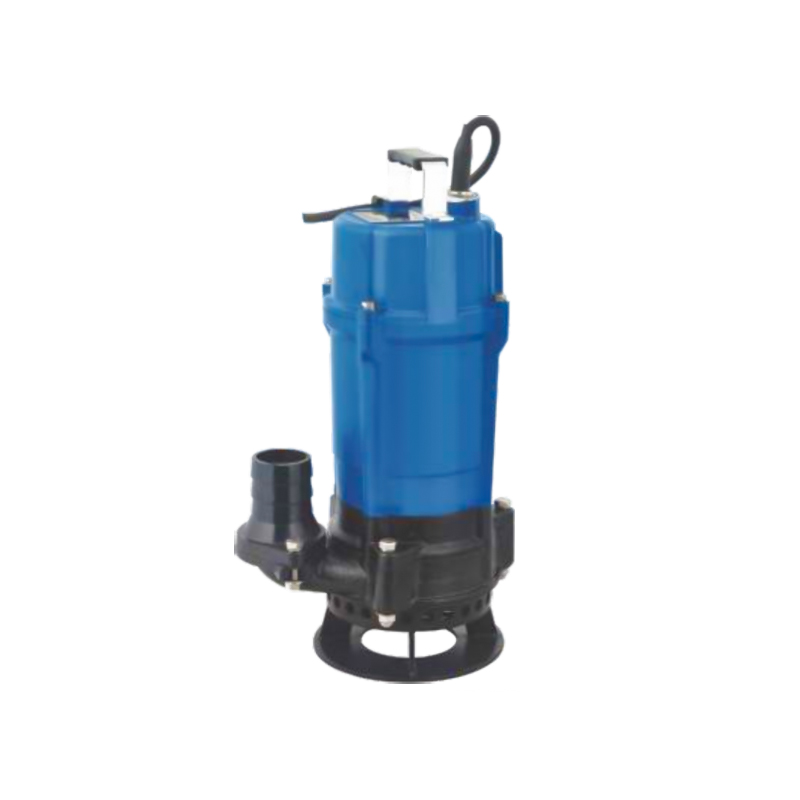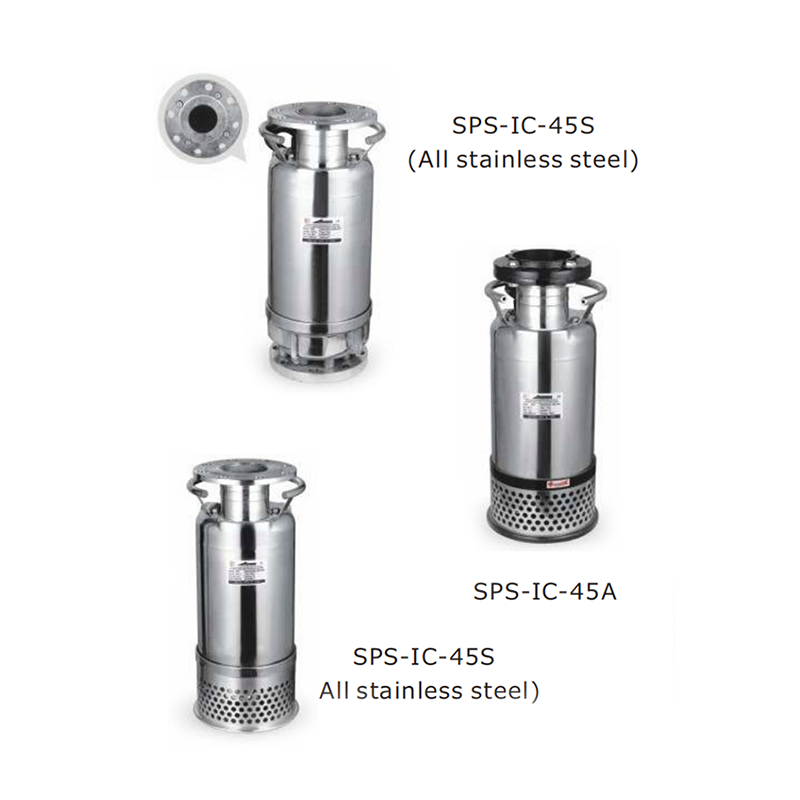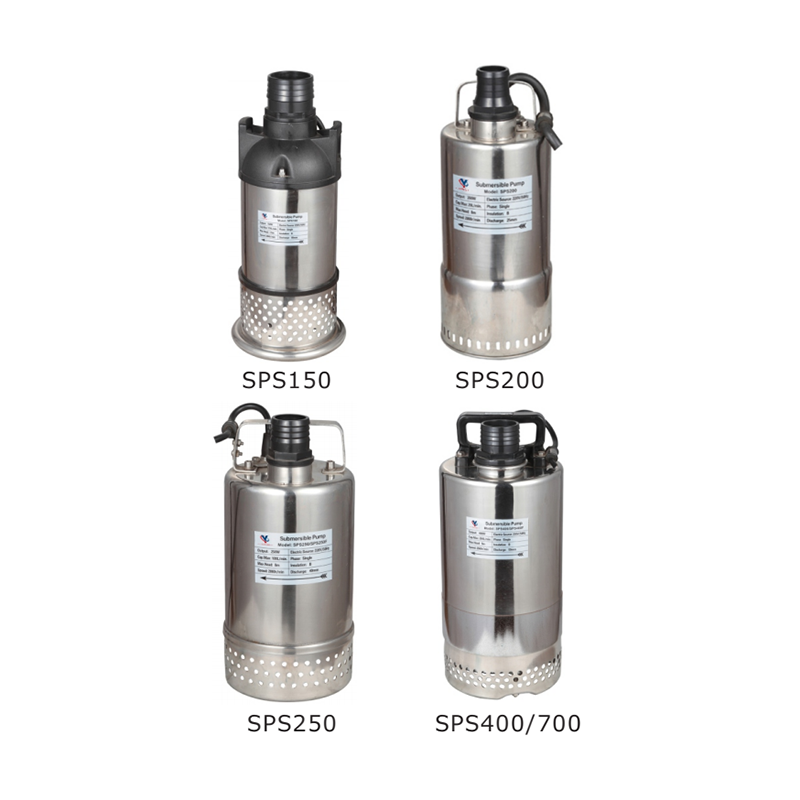A submersible sewage pump is a type of wastewater handling equipment designed to operate while fully submerged in the liquid it is pumping. These pumps are widely used in residential, commercial, and municipal settings to manage sewage and wastewater. The main function of a submersible sewage pump is to transfer solids-laden liquids from one location to another, usually from a lower elevation to a higher one for further treatment or disposal.
Submersible sewage pumps consist of a sealed motor attached to an impeller inside a casing. The pump is placed directly into the sewage basin or pit, where it remains submerged during operation. When activated, the motor turns the impeller, which creates centrifugal force to move liquid and solids through the pump and into the discharge pipe.
Because the pump operates underwater, it is designed with insulation and sealing to protect the internal components from corrosion and fluid intrusion. The submerged position also helps with heat dissipation, reducing the risk of overheating during extended use.
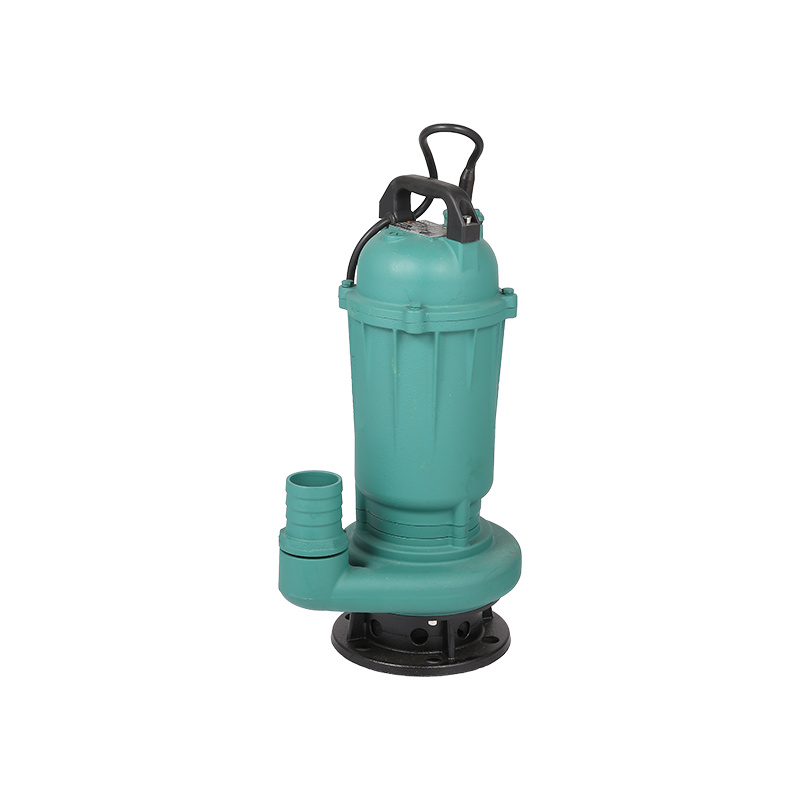 |
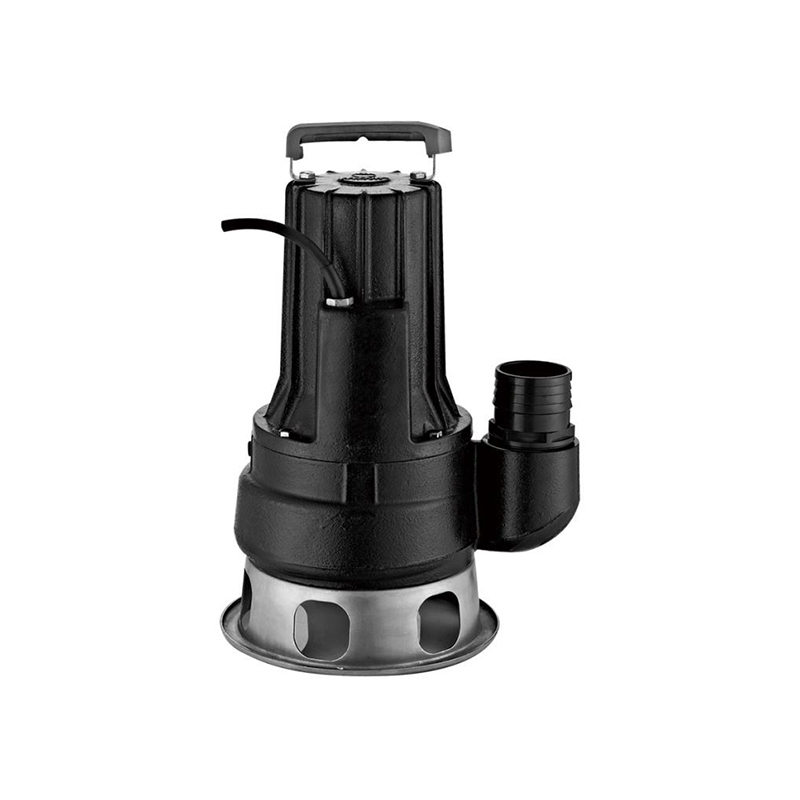 |
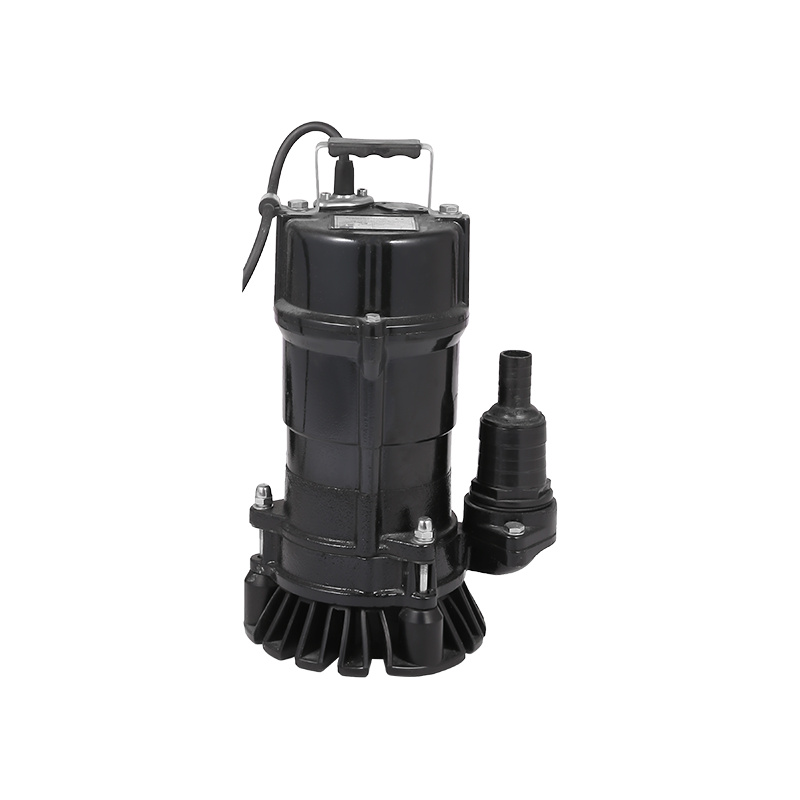 |
Submersible sewage pumps are equipped to handle solid materials of various sizes. They often include impeller designs such as vortex or channel impellers, which help reduce the chance of clogging while allowing the passage of soft solids, debris, and sludge.
These pumps are generally constructed using corrosion-resistant materials like cast iron or stainless steel. The rugged build supports reliable performance in harsh wastewater environments.
Many units come with built-in float switches or level sensors to automatically start or stop the pump based on the liquid level. This feature ensures energy efficiency and reduces the need for manual monitoring.
To enhance operational safety, submersible sewage pumps are often equipped with thermal overload protection that shuts down the motor in case of excessive heat or current. This helps extend the pump’s service life.
Submersible sewage pumps are suitable for a wide range of uses. In residential settings, they are typically installed in basement sewage ejector systems, particularly where a bathroom or laundry room is located below the main sewer line. The pump ensures that wastewater from toilets, sinks, and washing machines is properly expelled.
In commercial and municipal environments, submersible sewage pumps are employed in lift stations and sewage treatment plants. They transport sewage from collection basins to treatment facilities or higher elevation discharge points. These pumps are also used in industrial facilities where large volumes of wastewater with solids must be managed.
One notable aspect of submersible sewage pumps is their quiet operation. Being submerged helps muffle noise, making them a suitable choice for indoor installations. Their positioning below the liquid surface also eliminates the need for priming, which can be required with above-ground pump types.
Furthermore, these pumps can be installed in compact spaces and are often designed for ease of maintenance, with some models featuring quick-disconnect cords and easily removable housings for cleaning or inspection.
Submersible sewage pumps are reliable solutions for wastewater transfer in various settings. Their ability to handle solids, resist corrosion, and operate underwater makes them suitable for both residential and industrial applications. Whether installed in a home, treatment facility, or commercial building, these pumps support consistent sewage management and help maintain hygiene and system efficiency.



 English
English русский
русский عربى
عربى